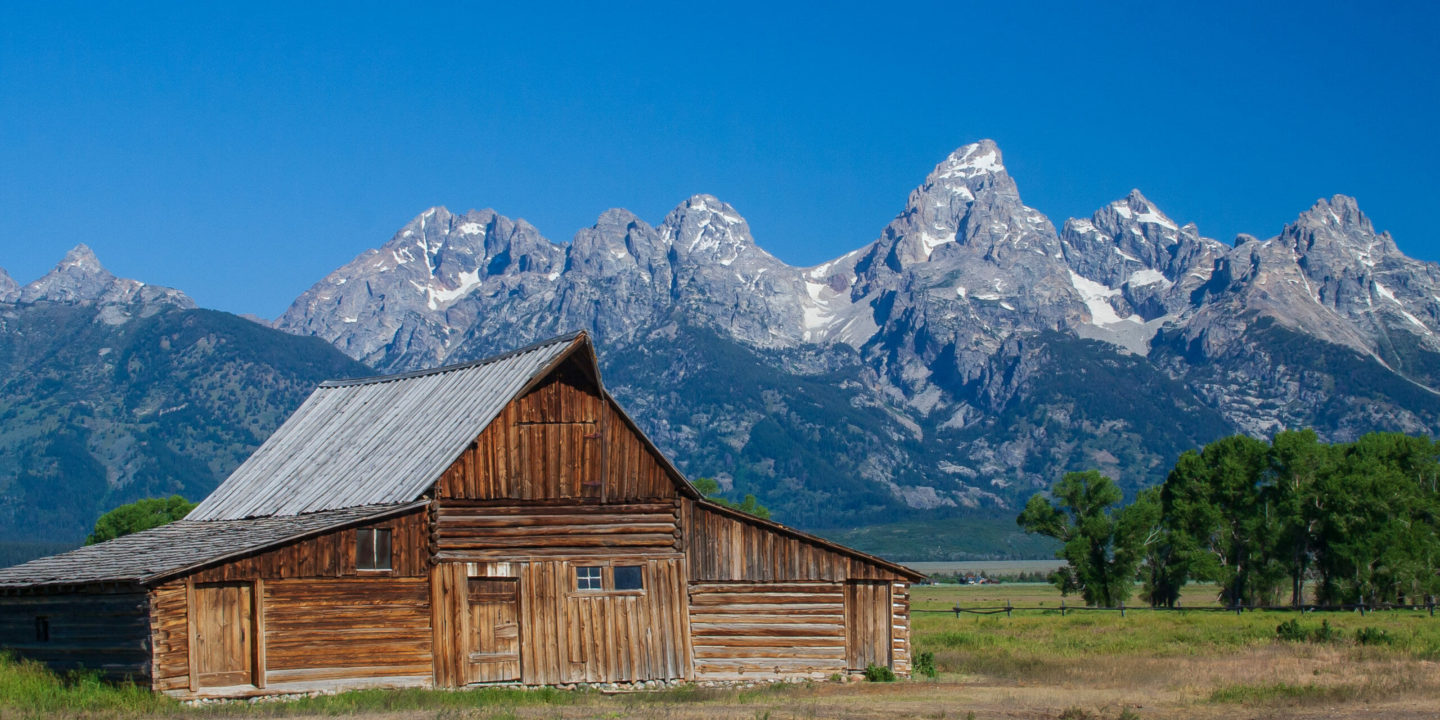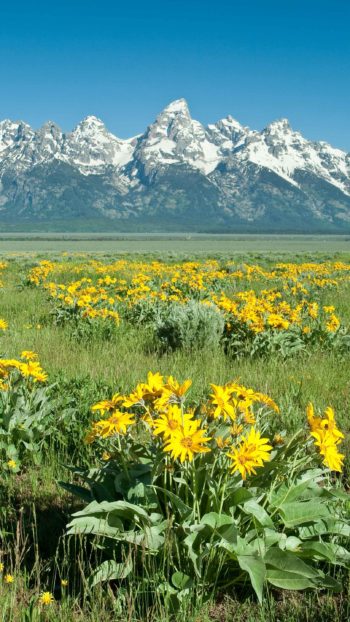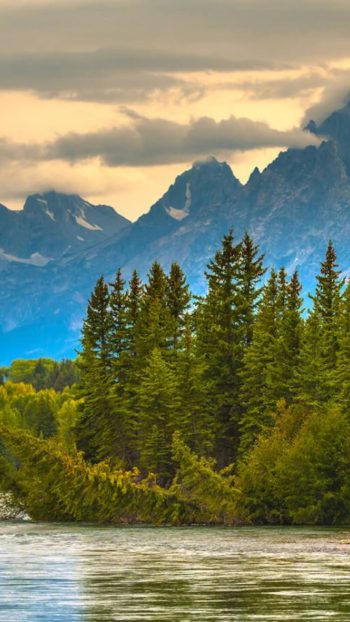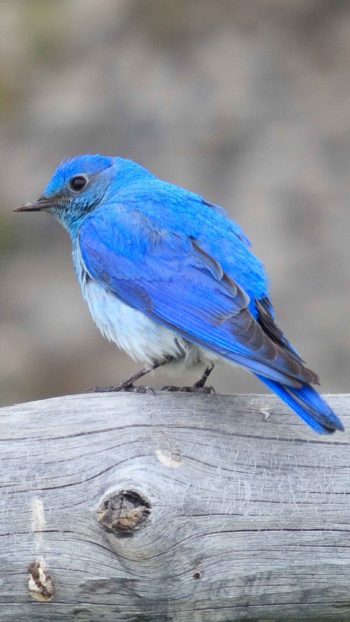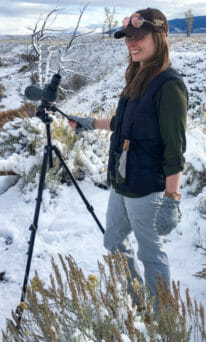The American West has a history of bravery and perseverance in the face of fierce adversity and uncertainty. Striking out into the unknown to explore or settle in a new life took an extraordinary amount of grit and determination along with hope and an open mind. There are many remnants of this captivating past across the country, one of the most famous and beautiful of them are the barns and cabins at Mormon Row in Grand Teton National Park.
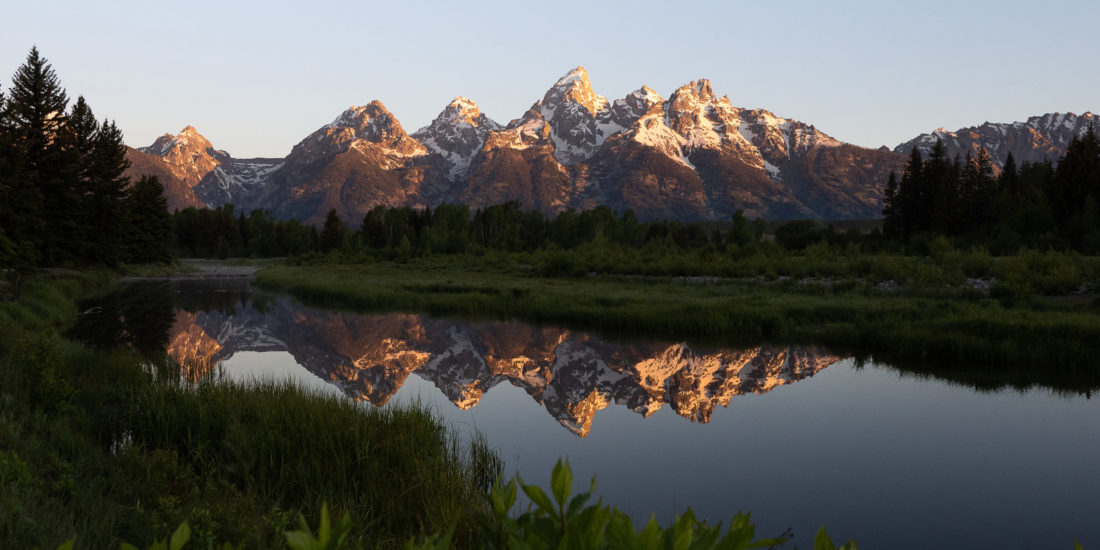
The Homestead Act
Adventure seekers left the comforts of home in the eastern US to forge a new life in unknown, wild territory. With the help of the Homestead Act signed in 1862 by Abraham Lincoln, homesteaders were able to venture west and claim 160 acres of land to build a new home and farm. It allowed anyone over 21 years of age, or the head of a household, to apply for a piece of federally claimed land for free. This is how Mormon Row came to be.
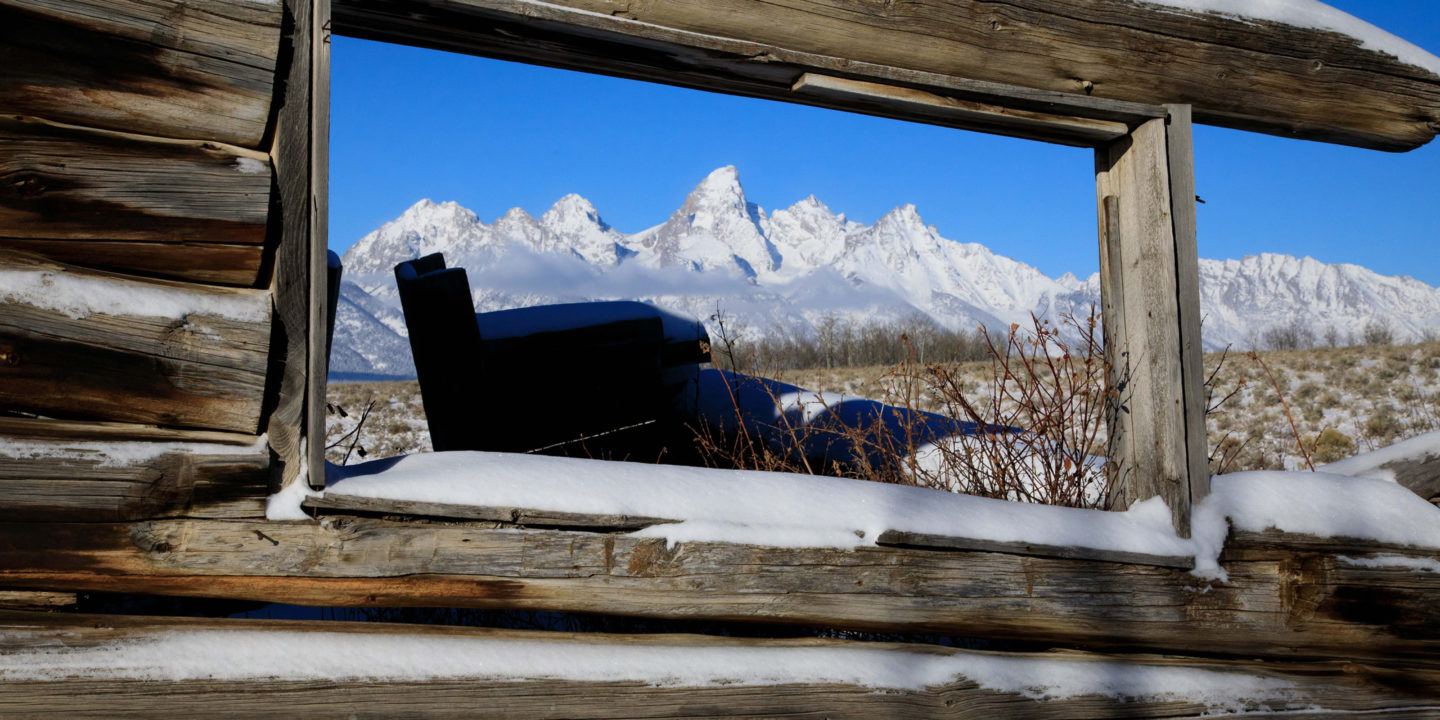
Establishing Mormon Row
In the late 1800s, the Church of Jesus Christ of Latter-Day Saints was sending members to expand outward from Salt Lake Valley to establish more communities in the West. Thirty families made their way to an area originally known as Grovont just east of Blacktail Butte, establishing a total of 27 homesteads. The clustered arrangement of the plots of land, intended for fostering a close community of cooperation, was typical of Mormon settlements of the time. The linear pattern earned it the name “Mormon Row”, which had derogatory undertones at the time, however it eventually developed positive connotations.
The first families to settle at Mormon Row were the May family and the Budge family in 1896 after traveling over the Teton Pass from Idaho into Jackson Hole and were joined by others shortly after. Later in 1908, the Moulton brothers, John and Thomas Alma (T.A., but going by his middle name, Alma), arrived with their wives Bartha and Lucile respectively, claiming their plots to build the now famous barns.
There are actually two Moulton barns; one on the north end accompanied by the distinctive pink stucco house belonging to John Moulton, and one across the road to the south (largely considered to be the Moulton barn) belonging to Alma Moulton, known as the T.A. Moulton Barn. Both put their heart and soul into their structures. Alma began work on his barn in 1912 to shelter his horses. It took a couple of years before it was usable, and three decades until he considered it completed. John Moulton made improvements on his home as more materials became available, deciding to replace their log cabin in the 1930s with the pink stucco house that stands today. It wasn’t always pink; the story goes that his wife, Bartha, had a brief hospital stay in town, and John wanted to do something nice for her upon her arrival home. He decided to paint the house. There was a mistake in the order for the paint, and John wound up with a pink color that he was not expecting. He used it anyway, and when Bartha arrived home, she hated the color. She chose to keep it the way it was, however, because she was so touched by the gesture.
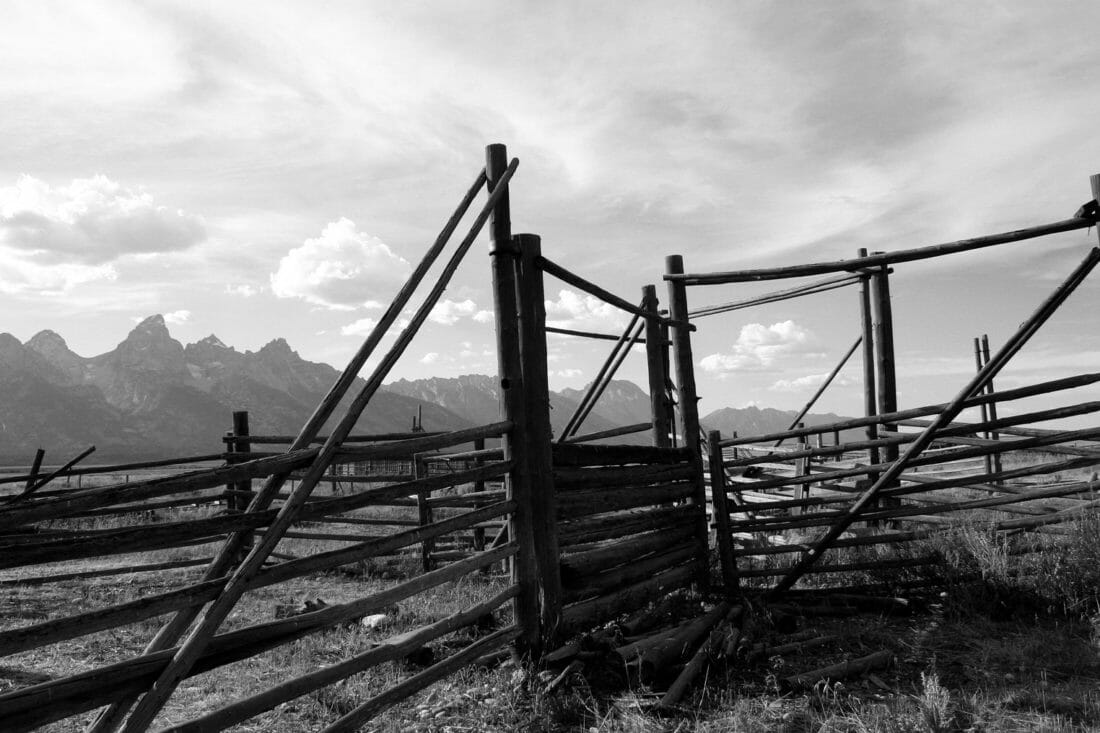
Life on Mormon Row
Although looking upon the cabins and barns today with a breathtaking backdrop of the majestic Teton Mountains give a sense of a simpler time, life was anything but easy in the beginning. The main income for the families mostly came from growing oats and barley. They grew hay for their stock which was also part of the business. One family raised sheep, and another were at one point the sole providers of dairy to the area, serving the wildly popular dude ranches. Finances were tight, bankruptcy always looming. They were at the mercy of Mother Nature, hoping for favorable conditions for the health of their crops and livestock. One bad storm, or a season of drought could spell financial disaster for the families.

Moving On
John D. Rockefeller, Jr. began the Snake River Land Company in 1927 as a way to buy up private property in the valley to donate to the Federal Government for the creation of a national park. As a result of the Depression, some families sold their properties to Rockefeller. Over time, some residents sold to neighboring landowners and moved to town or back to cities like Chicago. More families continued to either give up their lands or sell to Rockefeller over the passing decades.
John Moulton took a different approach and sold his land to Grand Teton National Park on a life lease in 1956, agreeing that he could remain there until his death. He was 66 at the time, but lived to be 103 when he died in 1990. Alma Moulton sold his plot in 1963 despite protests by his son Clark not to. Clark hung on to the 1 acre parcel that he was given by his parents, keeping it in the family as the last remaining private land on Mormon Row until it was sold to the park in 2018. The whole district was added to the National Register of Historic Places in 1997, so this was the last piece of the puzzle in the transition of the community’s historic homestead to federally protected land.
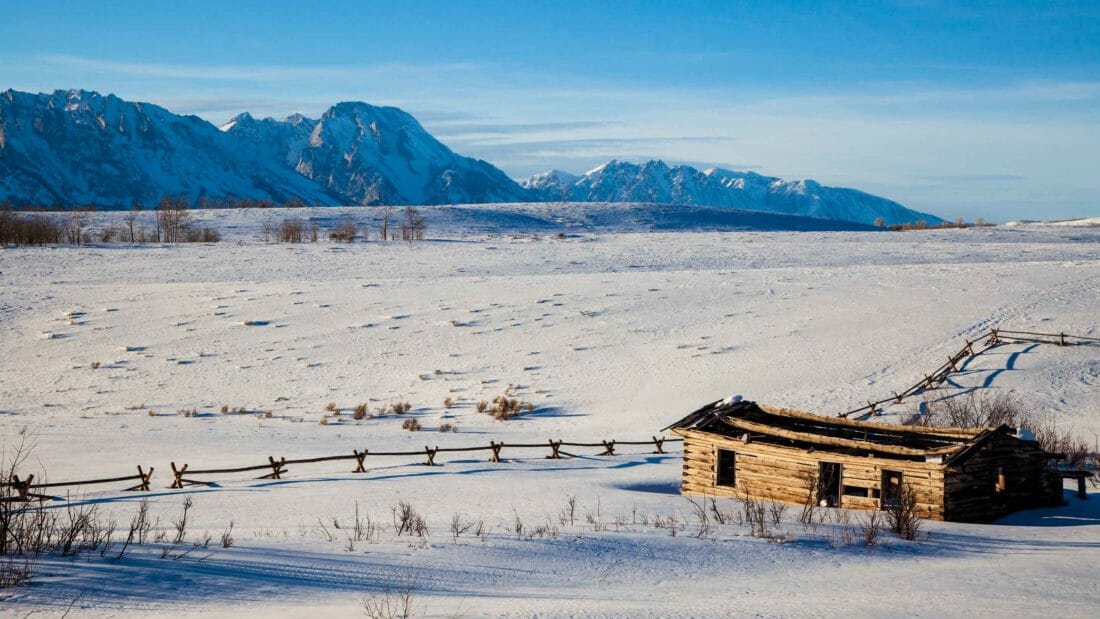
Preservation of Homesteading History
Today, millions of people visit the famous barns every year to snap the iconic image for themselves and to witness first hand the heart of early homesteading in the region. The barns stand as an embodiment of the American West and the resilience of the pioneers.
Some cabins have deteriorated beyond repair over the years, eventually turning into a pile of timber. The park now maintains and repairs the remaining intact structures. The Grand Teton National Park Foundation launched the Mormon Row Initiative in 2021, a $7 million public and private partnership to ensure the longevity of our valued history alongside the wild landscape.
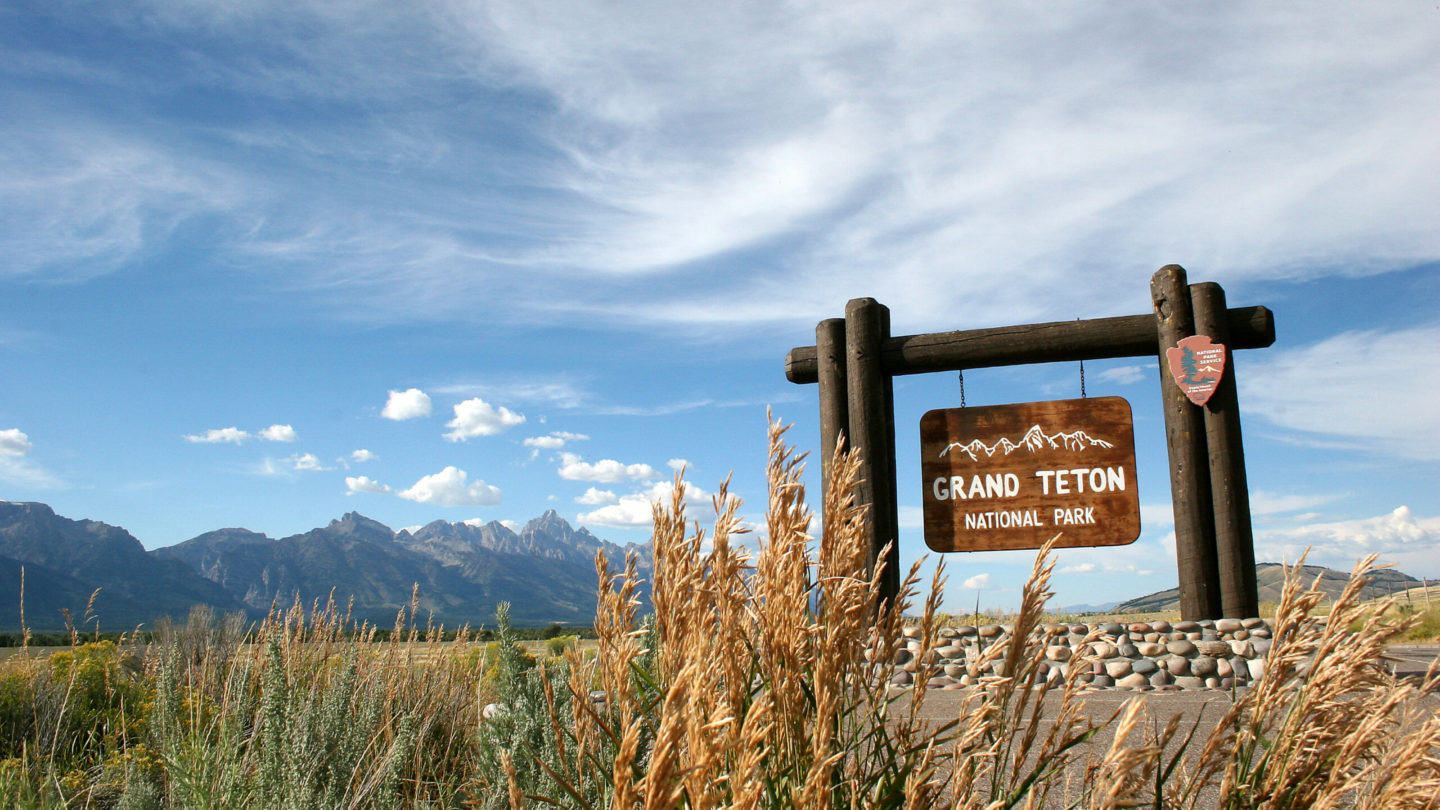
Take a Grand Teton National Park tour with us and see the iconic barn for yourself! Stand on the very land where pioneers thrived, graced by the backdrop of the iconic mountains, and feel why this place is revered by so many. It’s the true spirit of the West!

